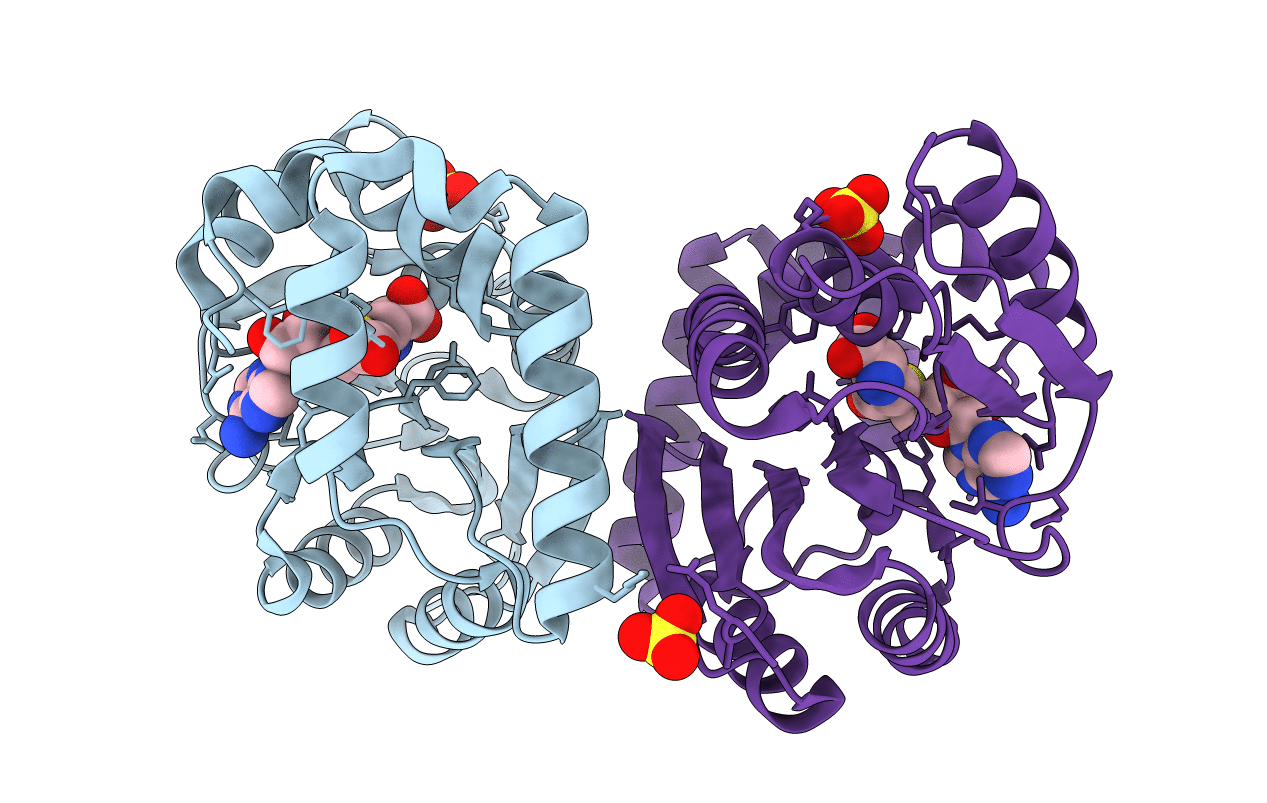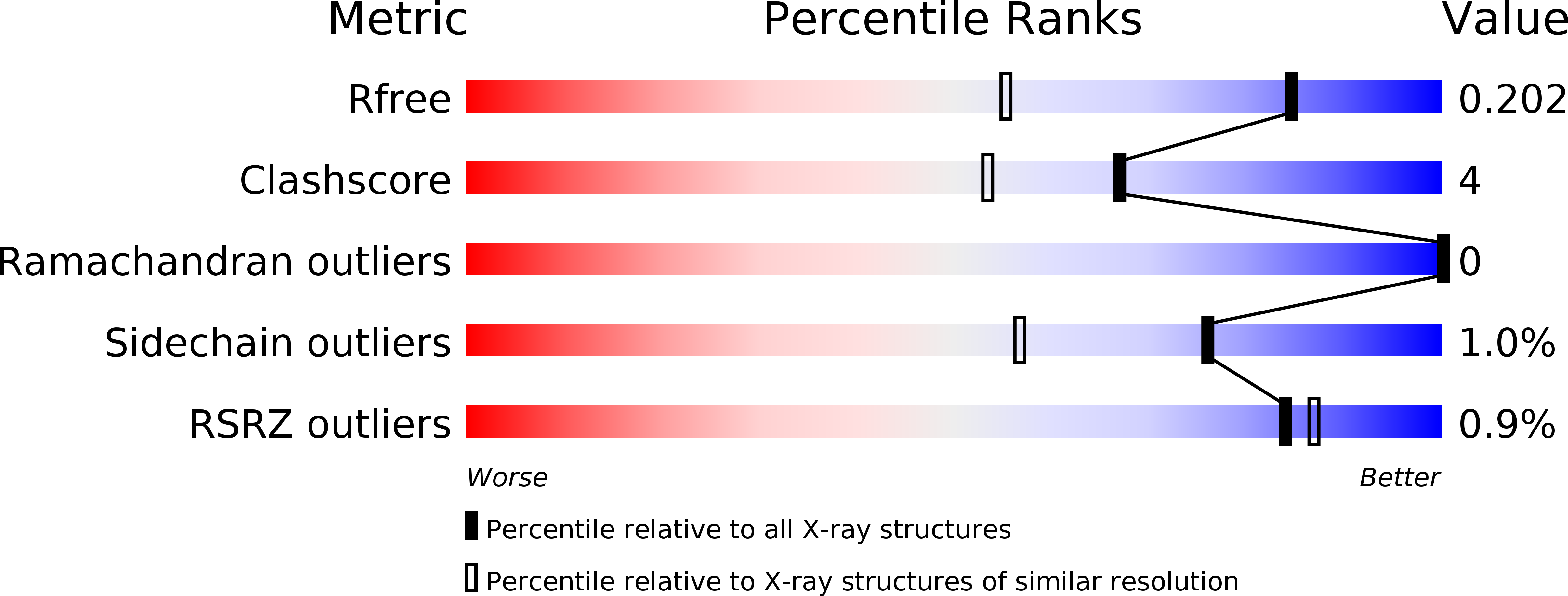
Deposition Date
2012-08-02
Release Date
2012-10-10
Last Version Date
2023-09-13
Method Details:
Experimental Method:
Resolution:
1.50 Å
R-Value Free:
0.20
R-Value Work:
0.17
R-Value Observed:
0.17
Space Group:
P 21 21 2


